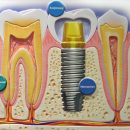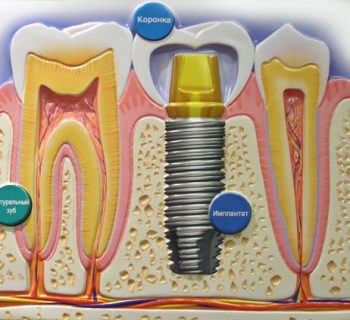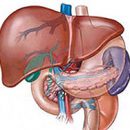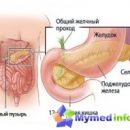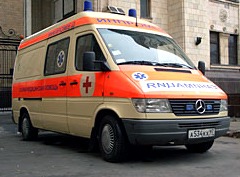
When transporting the affected or patient, it should be remembered that the most important thing is not to worsen its condition and do not apply additional injuries. Those people who prefer to transport patients with their own, first of all, establish a huge responsibility. They do imprudently, since the transportation of the affected or lying patient in an ordinary and unequipped passenger car can apply additional injuries. Not to mention the fact that with the deterioration of the patient's condition, there will be no opportunity to provide him with the necessary medical care. Transportation of patients and affected, as a rule, is carried out by paid ambulance or special transport services.
Types of transportation of patients
Transportation of patients is two types: Emergency and scheduled.
Emergency transportation of patients is carried out, as a rule, during injury or aggravated disease. She implies an urgent hospitalization in the clinic (for example, if the patient does not want to go to the profile hospital, and prefers to be treated at the place of residence or in the attached clinic). For emergency transportation of the patient, it is necessary to cause reanimobile, which is equipped with special equipment to maintain the vital functions of the human body, and in which there is a specialized brigade.
The planned transportation can be attributed to the need to take a patient for a survey and back. And the planned transportation of the patient to other relatives or relatives, who wish to provide their assistance in careful care, the need to take the patient to the station, to the airport, another city and T.D.
Preparation of patient for transportation
Not only for the patient, but even for a healthy person, transportation in an ambulance car for many hours is a very serious test to which you need to prepare well.
Below are the instructions that must be performed for the transportation of the patient before it is moved to the ambulance machine.
- Make sure the patient's well-being: Measure its blood pressure, make sure that it does not bother him that he is all right with a heart.
- Tell the patient about the need and safety of transportation. Try to do it so that the patient is not nervous and was not emotionally excited.
- Before transportation, try tightly do not feed the patient to avoid nausea or vomiting when carrying or transporting the patient.
- Prepare for a patient with personal hygiene, the medicine necessary for him; Do not forget about the passport and medical documents that may be useful to the patient.
- Before the arrival of the car, which will carry out transportation, you need to release the bladder and intestine of the patient; If possible, put on the patient diaper.
- In winter, prepare upper clothes, but do not dress it on the patient, until he is examined by an exit doctor.
Transportation of the patient
- The most practical and safe way is considered to carry a patient on soft stretcher. During the descent from the stairs - the patient is put in kicking forward, when lifting - head forward. Even if you consider this way wrong, you should not interfere and give your brigade tips, which will carry the patient to the ambulance. Usually, two to three people are required to descend or lifting a patient, but if the patient's weight exceeds 100 kg, you can offer your help.
- In the ambulance car, the patient needs to give a comfortable position and fasten it with belts to the stretcher. After that, you can put bags with the things of the patient in such a way that they do not interfere with the doctor and did not cover the passages.
- During movement, you can not pour or feed the patient. If nevertheless, it became necessary to receive patients when transporting food, drugs or water - you need to consult a doctor, so that it gives the instructions to stop the car.
- Relatives who accompany the patient during transportation must hold on to the handrails available in the car.
- Do not interfere with doctors, listen carefully all their recommendations for observation and care for the patient.
- Note that if the patient's condition is severe, an exit doctor has the full right not to take ambulance accompanying in the car.
It should be paid to the fact that the services for the transport of patients are quite expensive. If you still found inexpensive transportation for the patient, then you will most likely see the car released in the past century, maybe even foreign but written out abroad. No one you guarantee all the necessary medicines and equipment, not to mention the medical staff. The doctor who will travel to the patient must have all the necessary knowledge and skills, it must also be specially prepared (have all the necessary certificates and licenses). The car must be equipped with all the necessary equipment, and t.D. Weigh everything «per» and «against», Otherwise, cheap transportation can do for the health of the patient very expensive.

